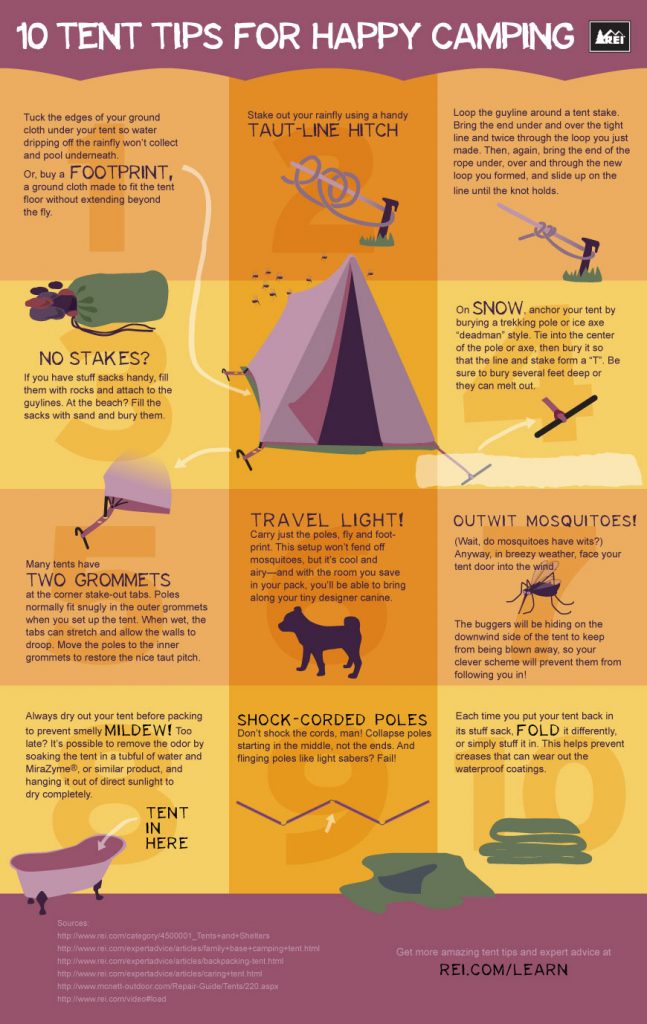Amazing Tips To Achieve Success Selling Camping Tents Online
Amazing Tips To Achieve Success Selling Camping Tents Online
Blog Article
Does Your Backpacking Camping Tent Need an Impact?
An impact is pricey and includes extra weight to your knapsack. It additionally isn't particularly durable.
Why does my tent get wet inside?
Inevitably, whether or not a tent footprint is necessary depends on where and how often you're camping. In general, it's a good idea to use one if you camp on abrasive surfaces or in wet conditions.
Tents with Lower Deniers and Waterproof Ratings
Tents with lower deniers and water-proof rankings often tend to be lighter, however they can likewise be a lot more vulnerable. They may need more frequent repair work and have less interior space than harder versions. If you're an informal backpacker who suches as to take a trip rapid and light, this could be great; nevertheless, more skilled hikers know that sacrificing durability can come with large effects down the route.
The denier and water resistant score of a camping tent's canopy, rainfly, and floor can help you determine its livability. Look for higher-denier textiles on the canopy and rainfly, as well as taped joints that aid stop water from leaking with stitches. Some manufacturers also make use of warmth and sealer during construction to create a more powerful joint; these are called welded seams.
The livability of an outdoor tents can additionally be figured out by its flooring dimensions and capacity. An outdoor tents's flooring ought to be somewhat smaller than the impact to stop water from merging under the shelter.
Tents in Rough Surface
Several backpacking camping tents include a footprint designed particularly for their model, which aids make certain an appropriate fit and safeguards the outdoor tents's base from dampness and sharp items. Other manufacturers market global footprints that can be reduced or folded up to match a tent's measurements.
The sort of terrain you'll run into is another important factor to consider for choosing a tent. As an example, if you'll be camping in a canyon or gully, try to find a shelter that can take care of strong winds. These conditions develop turbulence that can make the distinction between enjoying your camping area or suffering pain.
The capability and peak elevation of a tent offer you a great idea of its livability, yet additional variables to think about include vestibules (the area of the rainfly covering the doors) and overall storage space. For instance, during our wintertime testing of the Marmot Tungsten, its charitable 93-by-82-inch floor easily took care of four perspiring backpackers and their puffier shoulder season resting bags while still leaving ample area for gear and individuals.
Camping Tents in Wet Issues
Even if your tent shows up dry, dampness prowls in the nooks and crannies. With time, it can deteriorate the material. That's why it's so essential to benefit from day of rest to deep-clean your tent and its elements, such as zipper linings, risk loopholes and flexible webbing bands.
Likewise, see to it to pitch your camping tent in a flat area, not a divot or concave place, to ensure that ground water does not gather in between the tent flooring and impact or tarp. And if you're making use of an impact, consider a custom-cut one created for your tent's floor plan. It will not accumulate rainwater the means a generic ground cloth or tarpaulin can.
Practice establishing and taking down your outdoor tents at home before you took off, to get a feel for just how rapidly and successfully you can do it. Also, method staking out your camping tent in different terrains to see how very easy it is (or isn't) to do in bad weather.
Outdoors Tents in High-Rise Situations
Outdoors tents range in floor dimension and livability. For instance, a huge tent with double doors and vestibules like Marmot's Tungsten can take care of canvas bell tent four backpackers without calling for gymnastics to get in and out or to save gear.
The minimal trail weight spec is the most effective spec to compare designs, as it consists of the bare basics: tent body, rainfly and poles. However remember that the spec omits outdoor tents stakes, man lines and things sacks.
Most backpacking tents can stand up to a light summer season tornado, but some can be swept away by gale-force gusts. Search for a version with solid poles, a raised bathtub-style floor and seam taping to minimize the opportunity of water seeping via. Pricier styles likewise often tend to include stronger materials that can withstand the influence of particles and various other forces.
What is the difference between glamping and camping?
